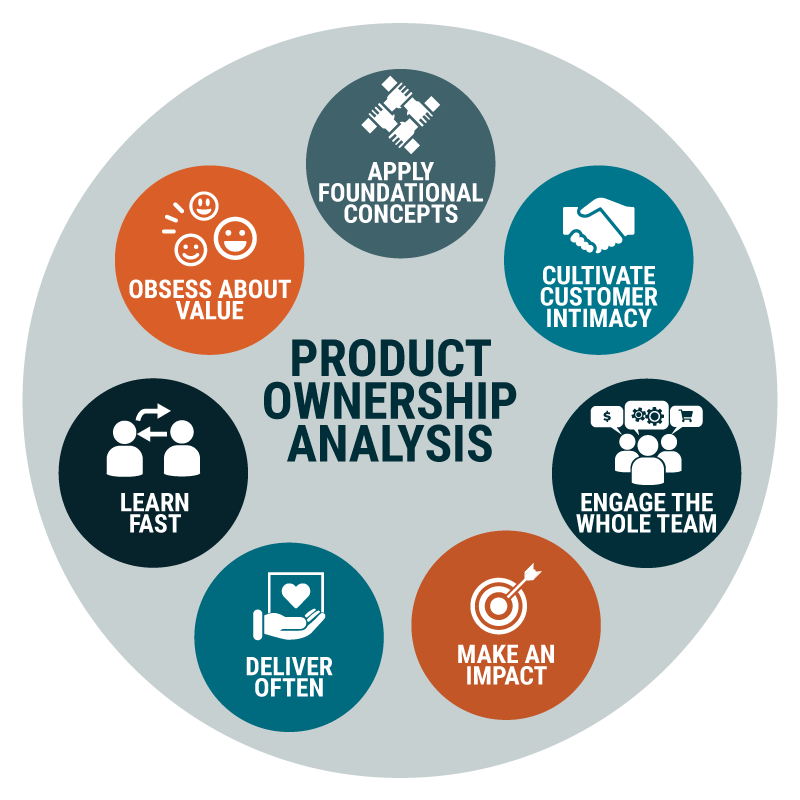5 Awesome Study Tips for CPOA
Receive free IIBA updates and exclusive content!

Just a few months ago, IIBA launched the Guide to Product Ownership Analysis. As a globally recognized institute for business analysis, IIBA introduced their view on where Business Analysis skills could have useful inputs in Product Ownership with an Agile mindset.
I am perfectly in sync with the goal of Product Ownership Analysis (POA) as described in the Guide to Product Ownership Analysis. A key point is summarized in this sentence in the Guide to POA “The biggest risk of product development is to create a great product that nobody wants.”
Along with the Guide to POA, IIBA announced POA’s related certification, the Certificate in Product Ownership Analysis (IIBA®-CPOA). Candidates do not require previous POA role experience to be eligible for taking the exam.
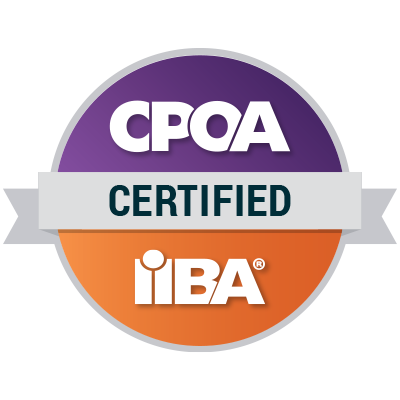
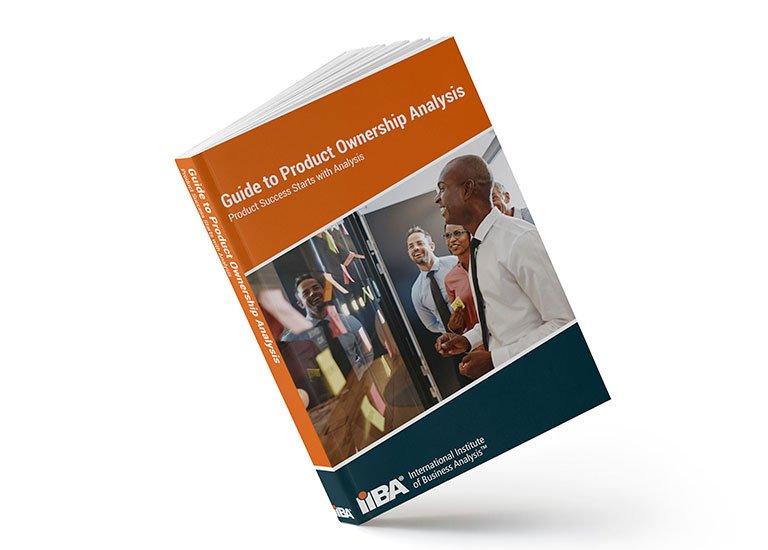
I took the exam and now I’m sharing my experience with preparing for the CPOA exam:
1. Choose your training materials
When preparing for the CPOA exam, I decided to purchase the POA Bundle - Digital Access & Exam (USD $345 for members). Individually the materials cost more, so it was obvious for me to invest in the bundle package.
The materials from the POA Bundle are very good for your studies. It has interactive videos that help you easily understand the POA framework. It also helps you identify the most important points throughout the sections of the Guide. As a takeaway, always seek additional study sources and read the Guide to POA more than once. Participating in a study group is highly advisable as well.
2. Take a look at the handbook before
IIBA provides for each of their professional certifications, a certification handbook. The CPOA Handbook was released alongside the certification. I can’t say this enough that their handbooks are a must-read when preparing your study, whether it’s for CPOA or any other IIBA certification.
The CPOA handbook describes thoroughly the steps for applying to the exam, what is the evaluation workflow and the validity of the badge.
It also presents a useful structure of the exam. It is from the handbook that you get to know, for example, that the exam “consists of 60 multiple-choice questions to be completed within 90 minutes.”
3. The POA discipline
Include in your studies definitions of product and POA, the Product Lifecycle and roles of Product Manager vs. Product Owner vs. Product Marketing. It is a must-have to dig deeply in your minds these definitions as per the Guide to POA.
Examples:
- Agile business analysis:
- The practice of business analysis in an agile context with an agile mindset
- Business analysis:
- The practice of enabling change in an enterprise by defining needs and recommending solutions that deliver value to stakeholders
- Product owner:
- Role whose primary responsibility is to maximize the value being created and delivered by the team
- The Product Owner is the role on the team that represents the interests of all stakeholders, defines the features of the product, and prioritizes the product backlog
- Product Ownership Analysis (POA):
- Is a researched and studied discipline, with a set of practices, processes, and procedures to create successful outcomes
4. Gain a deep understanding of the POA Knowledge Areas
IIBA Announces New Certificate in Product Ownership. Probably the easier and obvious tip to mention, as KAs are the focus of the POA framework. You’ll need to have all seven KAs at the tip of your tongue:
1. Apply Foundational Concepts
2. Cultivate Customer Intimacy
3. Engage the Whole Team
4. Make An Impact
5. Deliver Often
6. Learn Fast
7. Obsess About Value
Each KA is split in two sections. Then each section typically has two or three sub-sections. Together, they output the POA Framework. You will find in the Guide to POA an overview of each section and subsection, the elements that are present, and techniques to apply in the sub-section - where they are described for their usefulness for that specific sub-section.
Many of these techniques are also present in the BABOK® Guide and in the Agile Extension of the BABOK® Guide.
The CPOA Exam Blueprint shows how the KA’s are weighted in the exam questions as follows:
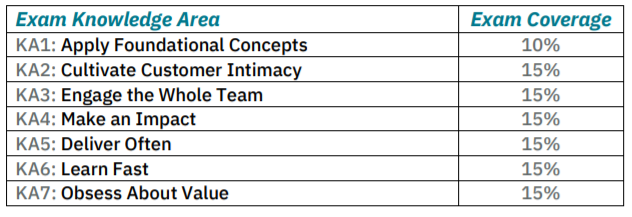
Source: CPOA Handbook
As well, the IIBA website provides insight into the Competencies and Proficiency Levels for the exam and should be reviewed thoroughly along with the Exam Blueprint.
5. Pay attention to Agile planning within the horizons
One key element of the Guide to POA is the Agile Planning Horizons. They were originally defined in the Agile Extension of the BABOK® Guide: Strategy, Initiative and Delivery. However, there is no need to consult the Agile Extension with that purpose, since the Guide to POA has all description that is needed about them.
It is very important to absorb the differences between the horizon: the goal, timeframes, involved stakeholders, and, most importantly, the artifacts (see table below). There is also focus in the feedback loops, namely what information is deduced from the feedback, between all three horizons.
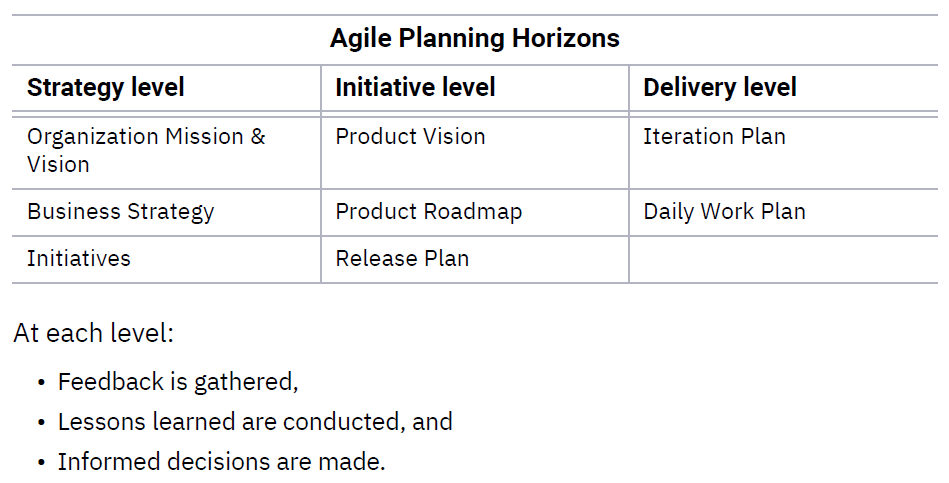
Source: Guide to Product Ownership Analysis
I hope these tips can be useful for you in your CPOA study. By the way, I’m currently studying for the IIBA’s Agile Analysis Certification (AAC). In my opinion, CPOA and AAC can work great together!
IIBA’s Product Ownership Analysis certification program recognizes the integration of Business Analysis and Product Ownership with an Agile mindset to maximizing value. Learn more about how to get started here.
About The Author:

Nuno Santos is currently a Business Analyst at Alter Technologies, with more than 10 years' experience in banking, automotive, manufacturing and health software development projects. He holds a PhD in Technologies and Information Systems, where his thesis related to agile requirements modeling. He also holds a Certification of Capability in Business Analysis™ (CCBA®), Certificate in Product Ownership Analysis (IIBA®-CPOA), and Agile Analysis Certification (IIBA®-AAC) from the International Institute of Business Analysis™ (IIBA®).

